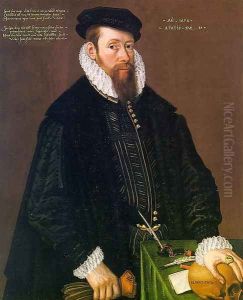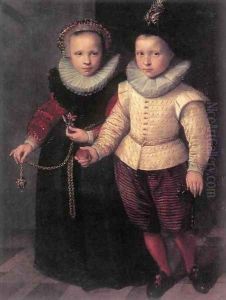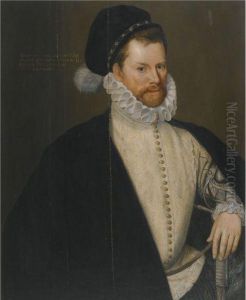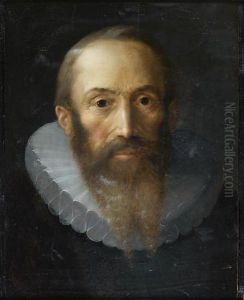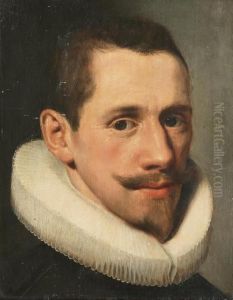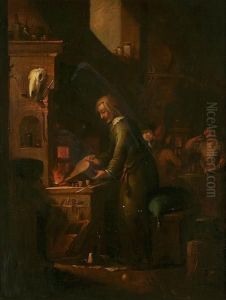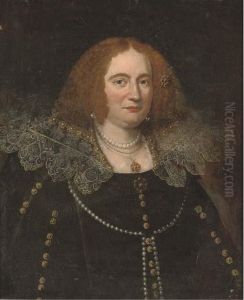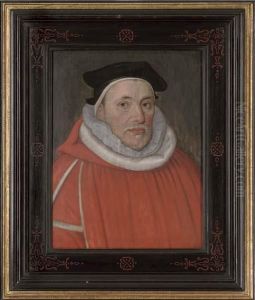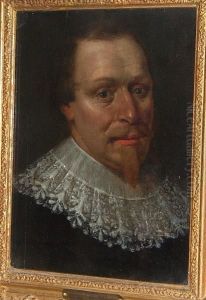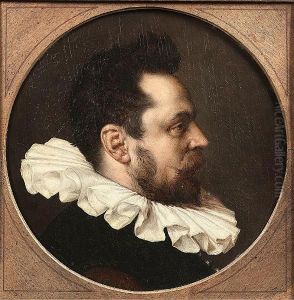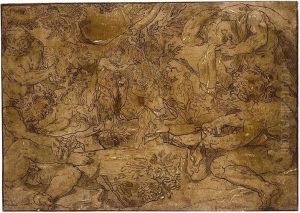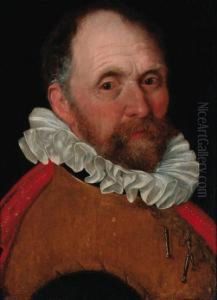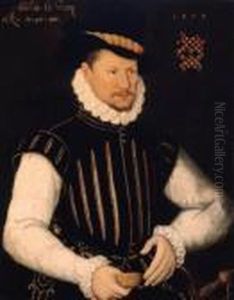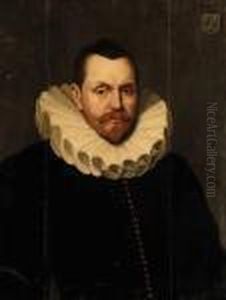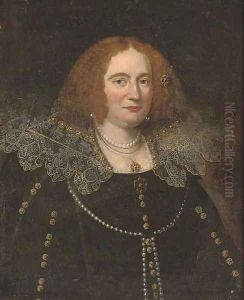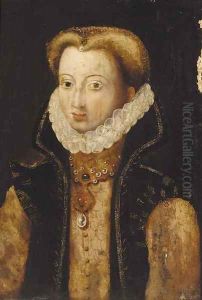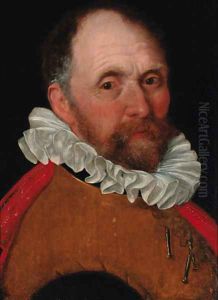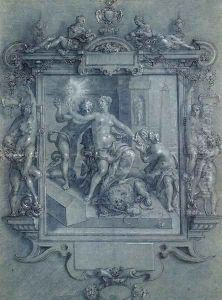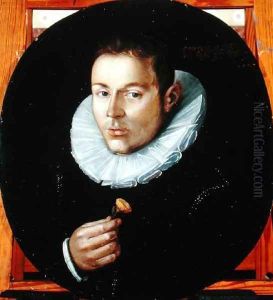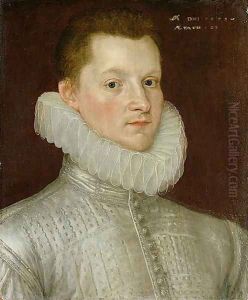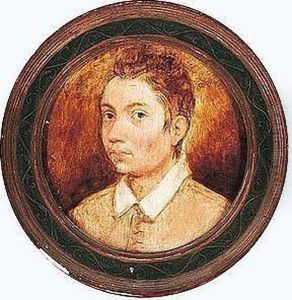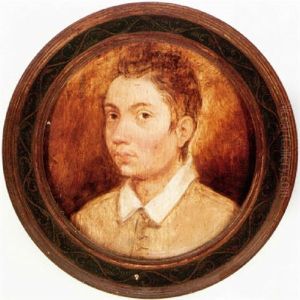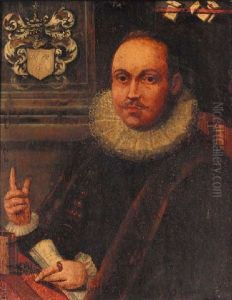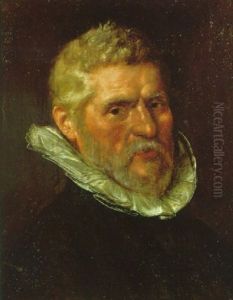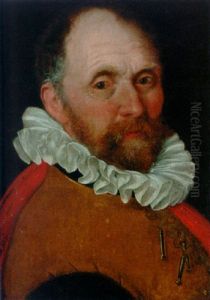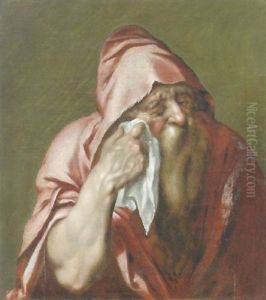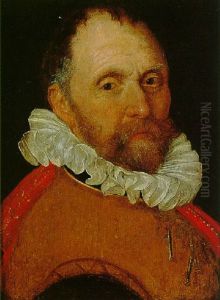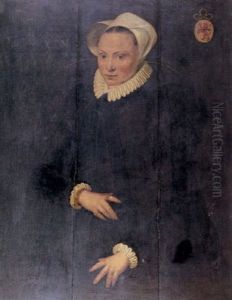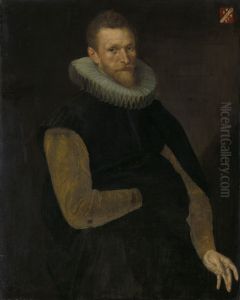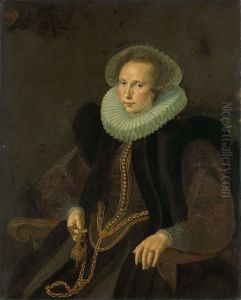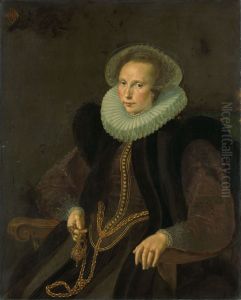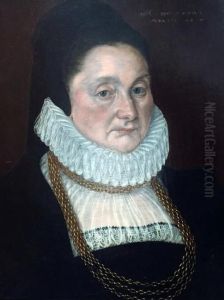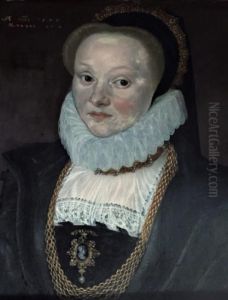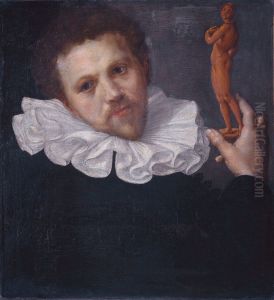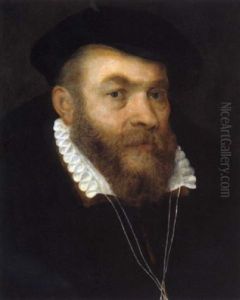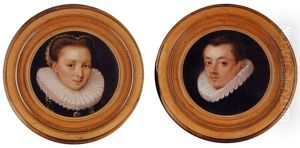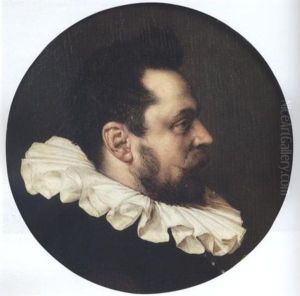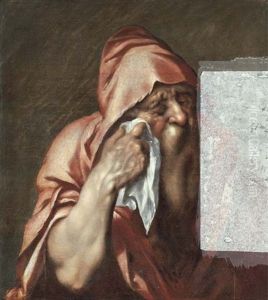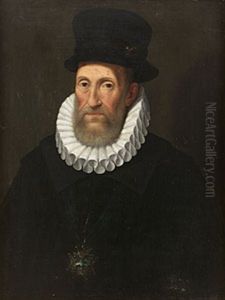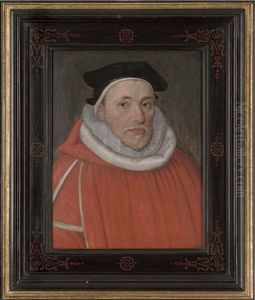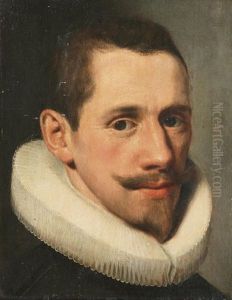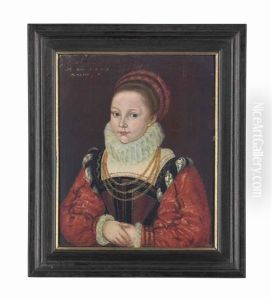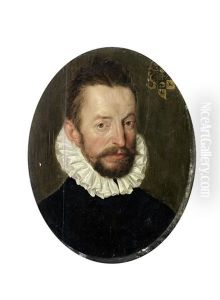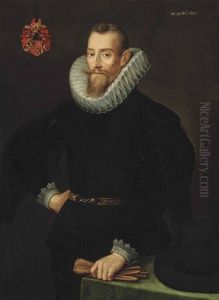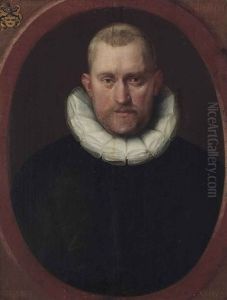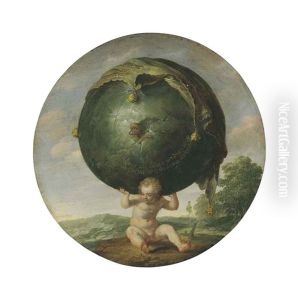Cornelis Ketel Paintings
Cornelis Ketel was a Dutch Mannerist painter and poet who was born in Gouda, Netherlands, in 1548. He was an important figure in Dutch art during the late 16th and early 17th centuries and is known for his portraits, history paintings, and allegorical works.
Ketel began his artistic training in his hometown of Gouda with a local painter named Anthonie Blocklandt. He then moved to Delft to continue his apprenticeship. In 1567, Ketel relocated to Paris to study under the French painter Jean Cousin the Younger. His stay in Paris was short-lived due to the outbreak of the French Wars of Religion, prompting him to move to Fontainebleau, where he was exposed to the work of Italian Mannerist artists who had a significant impact on his style.
In 1573, Ketel moved to England, where he lived and worked for several years. During his time in London, he became a successful portrait painter. He painted several portraits of English nobility, including Sir Christopher Hatton and the Earl of Oxford. His work from this period is characterized by intricate detail and a tendency towards elongated figures, typical of Mannerist aesthetics.
Ketel returned to the Netherlands in 1581 and settled in Amsterdam, which was emerging as a vibrant artistic center. There, he became a leading portraitist and was known for his group portraits, a genre that was becoming increasingly popular in Dutch art. He was also an innovator in the field of painting, experimenting with painting directly onto the canvas without a preparatory drawing, a method that was quite radical at the time.
Aside from his painting career, Ketel was also a poet and a member of a literary society called the 'Chamber of Rhetoric'. His interest in literature and poetry often intersected with his art, as he was known to inscribe poems on the back of his canvases.
Ketel's later works show a departure from the Mannerist style, with a shift towards more naturalistic and realistic portrayals, reflecting broader changes in Dutch art. He continued to paint until his death in Amsterdam in 1616. Today, Ketel's works are held in various museums and collections worldwide, and he is remembered as a significant figure in the transition from Mannerism to the emerging Dutch Golden Age style.
